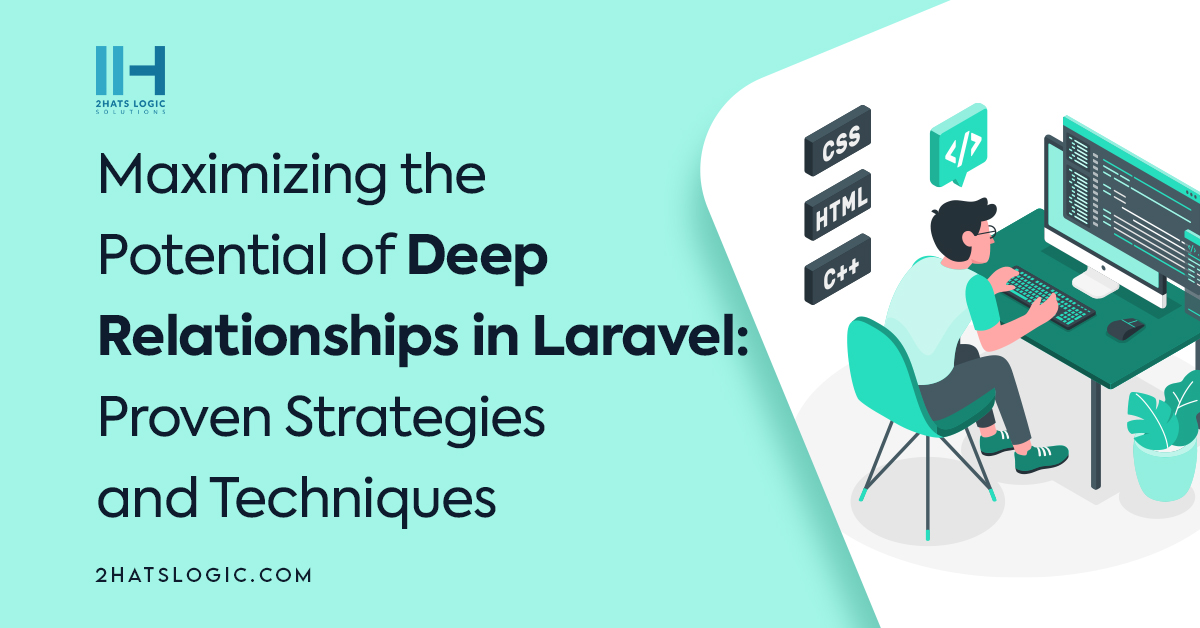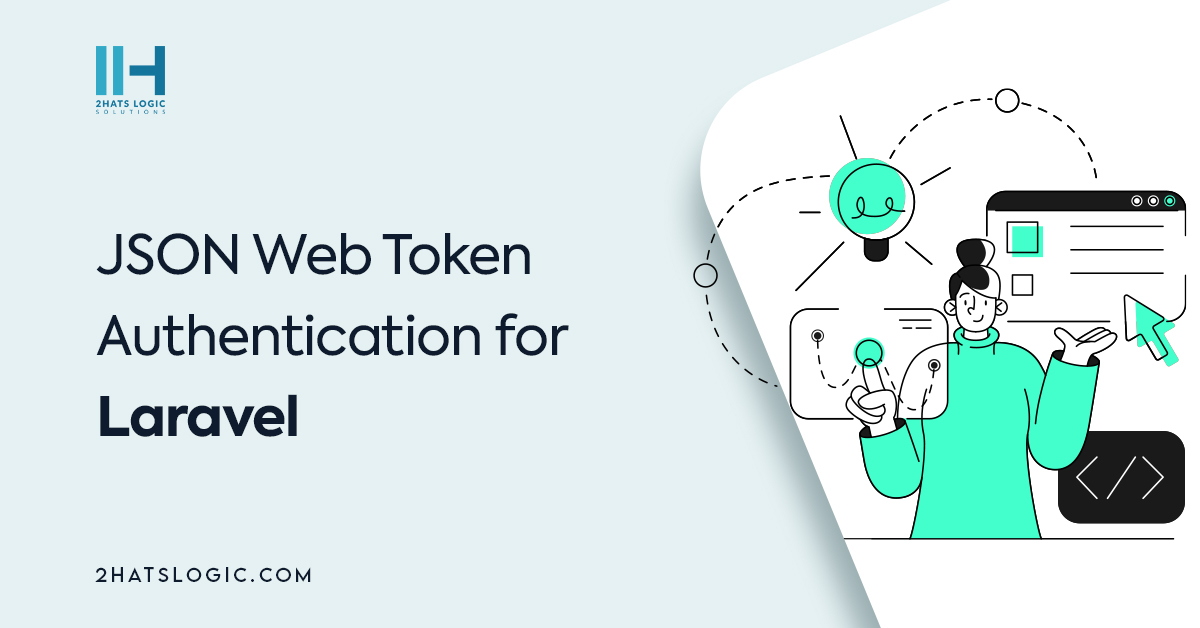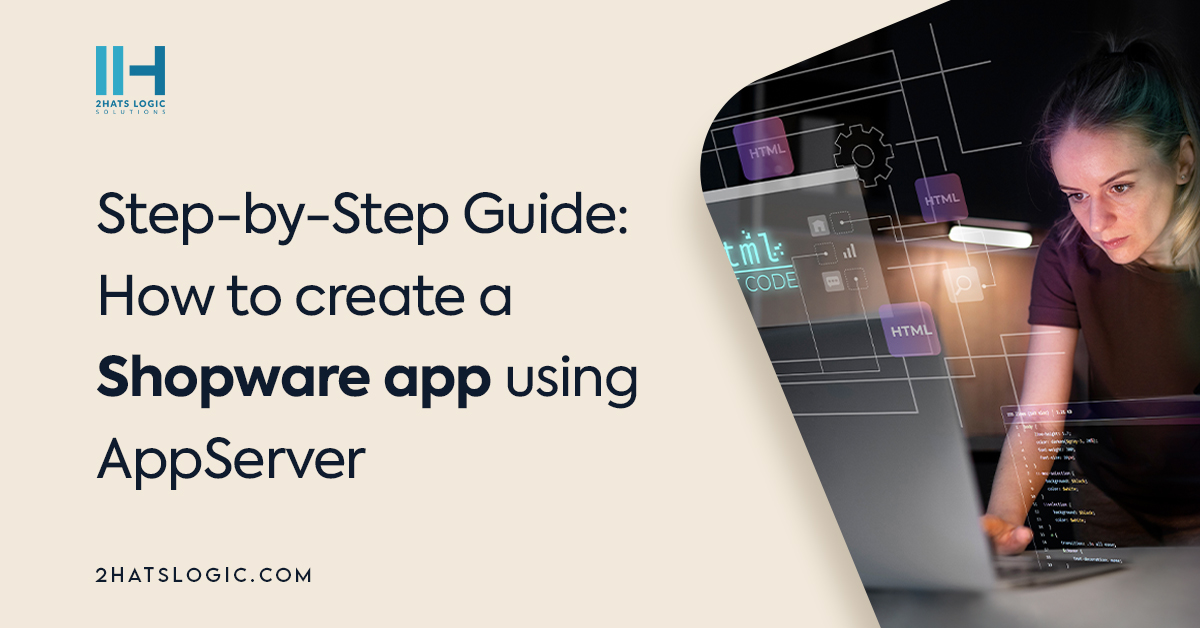Why are they important in the context of the scenario? Imagine you're working with four tables: 'countries,' 'users,' 'posts,' and 'comments.' Now, let's say you want to establish a connection between 'countries' and 'comments.' In this case, the relationship chain would be: 'countries' has many 'users,' 'users' has many 'posts,' and 'posts' has many 'comments.' Now, how would you create a relationship from the 'Country' model to 'Comment'? Initially, Laravel doesn't offer a built-in relationship like this. However, if you're unsure about achieving this, don't worry— Here you will be guided through the
Building a Calculator Laravel Application from Scratch: A Step-by-Step Guide
In the world of web development, learning by doing is a powerful approach than any other method. One way to gain hands-on experience with a PHP framework like Laravel is by building practical applications that gives an idea of core concepts of the framework. In this step-by-step guide, we'll embark on a journey to create a fully functional calculator application using the Laravel framework. By the end of this tutorial, you'll not only have a working calculator application but also a solid grasp of Laravel's fundamentals. Throughout this guide, we'll explore the process of setting up a new Laravel project, creating models and controllers, designing user interfaces using Blade templating, a...
JSON Web Token Authentication for Laravel
Laravel is a free, open-source PHP web framework built by Taylor Otwell based on the Symfony framework. It is designed for building online applications that follow the model-view-controller (MVC) architectural paradigm. The choice of authentication method in your Laravel application depends on the nature of your project. When it comes to picking the right approach, consider the specific requirements of your application. Sanctum presents options for both session-based and token-based authentication, which is particularly useful for securing Single-Page Applications (SPAs). On the other hand, Passport employs JSON Web Token (JWT) authentication by default and supports full OAuth 2.0...
Step-by-Step Guide: How to create a Shopware app using AppServer
Shopware has emerged as the popular integrated tool for creating online stores and apps. The simplicity of Shopware makes it accessible to users without a technical background, allowing them to easily use and master the platform, further enhancing its list of benefits. In this post, we'll look at how to use Symfony and the Shopware App Bundle to build a simple Shopware app and set up an app server. We'll go over the procedures for developing a Shopware app. You can create and integrate your own app with Shopware by following these steps: Step 1: Creating a Basic Shopware App
Shopware App Architecture: Understanding the structure and components of a Shopware app
The Shopware app system provides a seamless and effortless way to extend and customize the platform, empowering developers to leverage well-defined extension points. With Shopware, you have the freedom to focus on the interface between your app and the platform, without getting caught up in the complexities of the underlying system. Whether you prefer a specific programming language or framework, you can utilize your existing expertise to build tailor-made solutions. The decoupling of Shopware and your app ensures excellent compatibility with the multi-tenant cloud system. By utilizing the Admin API and webhooks for communication, your app can seamlessly integrate with Shopware, facilitating efficient data exchange and event handling. This robust integration approach ensures that your a...
Shopware 6.5 – Major updates and New features
The extremely popular and user-friendly e-commerce application served its users with its best yet version - Shopware 6, which was merely not an updated version but built from scratch with majorly improved features and functionality, now Shopware has yet again brought forward a new update with better features and advantages with the release of Shopware 6.5! If you are here to learn more about the latest update that is Shopware 6.5 then you are already aware of what shopware is, but just to recap and refresh our minds, let’s first take a dive into what Shopware is and the major advantages of using Shopware for your online store. &n...
Common issues when you migrate plugins from Shopware 6.4 to 6.5
Migrating plugins from one version to another can be a challenging process, and this is no different when it comes to migrating plugins from Shopware 6.4 to 6.5. With every new release, there are bound to be changes and improvements made to the platform, and it is essential to keep up with these changes to ensure that your plugins continue to function as expected. In this blog post, we will discuss some of the common issues that developers may encounter when migrating plugins from Shopware 6.4 to 6.5. These issues can range from minor compatibility issues to more significant changes in functionality, and it is crucial to be aware of them before starting the migration process. When migrating plugins from Shopware 6.4 to 6.5, there are ...
How to update the PHP version in the Shopware docker installation.
The default PHP version in the docker Shopware installation is PHP 7.4. If you want to update the PHP version to 8 and above, please follow the following instructions. https://youtu.be/dFQo9wx_EPY Step 1: Update .psh.yaml.dist file Please find the `.psh.yaml.dist` file in the root folder. Inside the file there is a variable `DOCKER_IMAGE_PHP_VERSION`, currently the variable value is 7.4, you have to change this value to 8.1 Step 2: Update composer.json file







